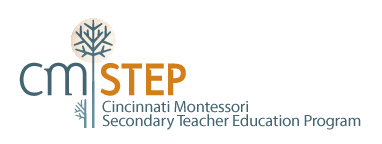Contributor’s Name (Your Name): Thomas Frank
There are supported scientific theories that suggest early creative humans were able to form closer bonds with those around them, giving them a survival advantage. Located in the prefrontal cortex a neural mechanism has been developed and given us three cognitive abilities, which characterize the musical brain. These three cognitive abilities are perspective-taking, representation, and arrangement. As we have evolved, the creative have had closest ties to their communities. Music is huge. Levitin says:
“It is made by as many different types of people, with as many different backgrounds, as there are listeners. New forms of music are being invented and evolving form earlier forms every day. And each new song is a link in a millennia-long chain of evolutionary enhancements to previous song building- slight alterations in the “genetic structure” of one song to lead us to a new one” p. 27
My synopsis for the use and planning of my components revolves around these three cognitive abilities. This also ties into my theme, as we aim to “enhance” these three cognitive abilities. In order to understand their identity students will measure their perspective; be able to convey who the ensemble is, tying into representation; and arrange our music so it connects with the audience and the students.
Theme: Identity and Expression
Geared toward ages: 7-12 Music
- Seminar Title: Music on the Hill
Group Initiative: Multiple
Project: Many
Outside Opportunity: Alzheimer’s walk
